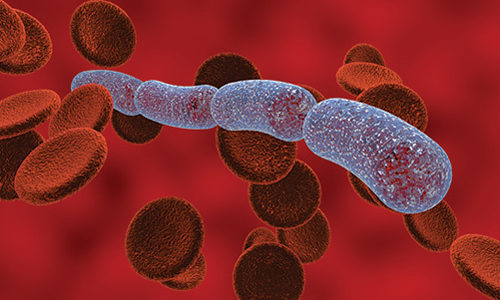Sepsis deaths have hit a three-year high in Tayside hospitals.
A total of 36 deaths were related to sepsis in 2018, with another 129 cases listing the blood poisoning condition as a secondary cause.
The number of people discharged with a sepsis diagnosis hit a five-year high in Tayside in 2018-19 – 995 cases against 590 in 2014-15.
The number of people attending hospitals with suspected sepsis also rose in 2018-19 by 21 on the year before.
Dr Ron Daniels, chief executive of the UK Sepsis Trust, said the figures demonstrated a worrying trend.
He said estimate numbers of people dying from the condition tended to err on the conservative side but the trust had put the rise at between 10-13% every year.
“This is in part due to improvements in the way we record and code cases of sepsis, but this doesn’t fully explain the increase,” he said.
“It’s likely that our ageing population, antibiotics resistance, and ever-increasing pressures on the NHS also carry some responsibility.
“The success of awareness campaigns is now being felt, but there’s so much more to do. It’s imperative that the government acts decisively to develop a national ‘sepsis registry’ and introduces coding practices for sepsis in all NHS trusts.”
Angus Conservative MP Kirstene Hair has urged the Scottish Government to adopt digital alert technology now being used to save hundreds of lives a year across NHS England.
Ms Hair said: “Sepsis kills around 50,000 people every year in the UK and affects the lives of untold others. Too many people are dying from something that can be avoided by early detection and administration of antibiotics.
“That is why Tayside and Scotland need access to the same opportunities for detection and treatment as NHS England.”
Earlier this year Tom Simmonds from Glen Clova told how he almost died from the condition.
The father of three initially thought he was suffering from a sore throat or tonsillitis.
He said he owed his life to his wife Danielle, a local health visitor and a nurse for more than 15 years, who found him lethargic and confused and called for a doctor.
The Scottish Government said its sepsis public awareness campaign, which ran from April this year, had increased awareness to an unprecedented 90%.
A spokeswoman said: “It has played a crucial role in alerting more people to the symptoms and dangers of the disease – and the Scottish Patient Safety Programme continues to make progress in its action on sepsis.
“We continue to work with Sepsis Research, all NHS Boards, including NHS Tayside, and other partners on the next steps, taking into account the evaluation of this campaign.
“The digital alerting systems used in some centres in England supplement the National Early Warning Score (NEWS) Assessment used in NHS Scotland. Similar systems are being tested in boards across Scotland and are supported as part of our digital strategy for healthcare.”













